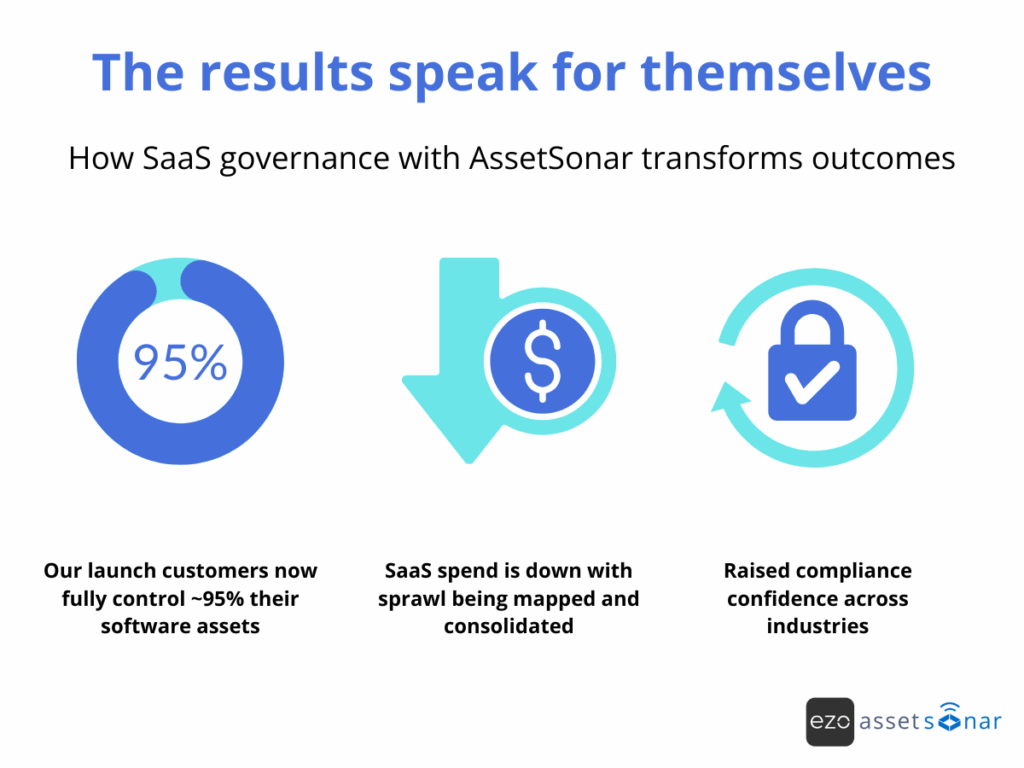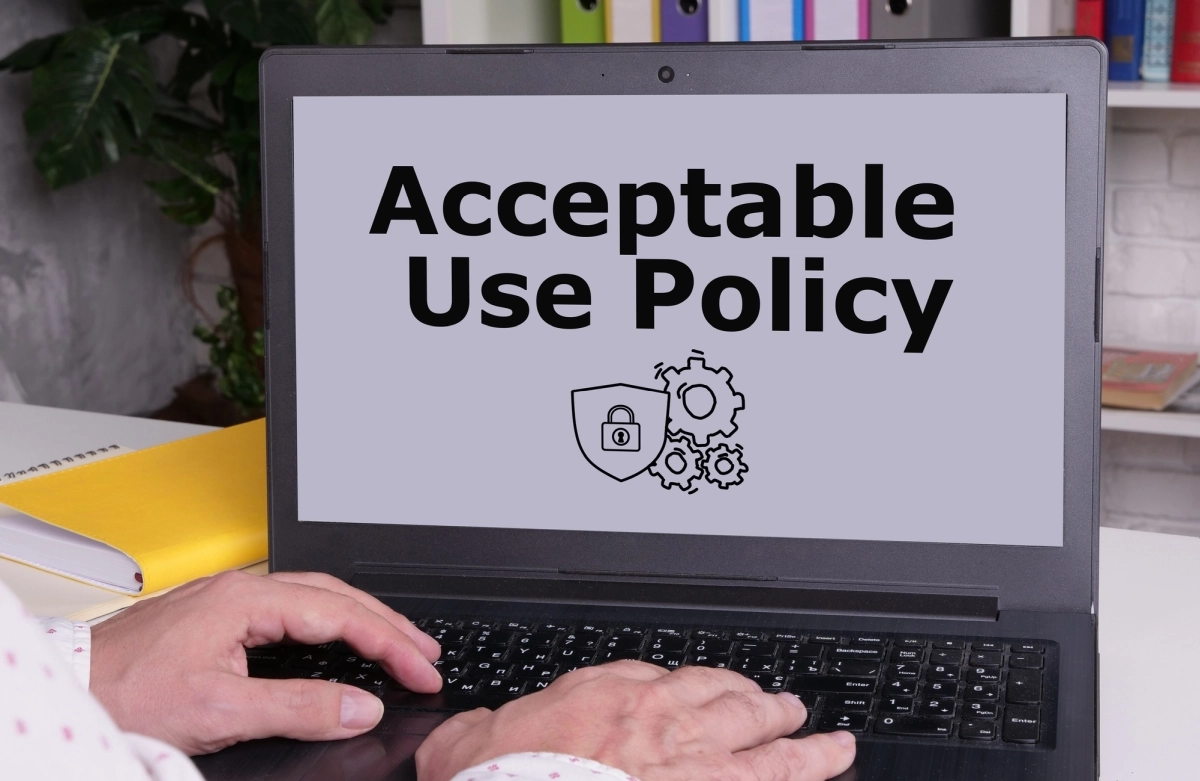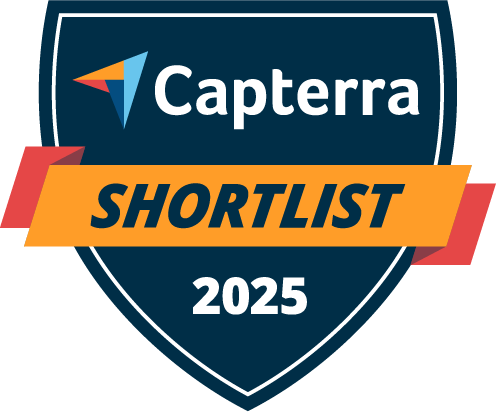Introduction: The speed imperative
In the modern tech ecosystem, speed is not just celebrated; it is demanded. Leadership teams rally their organizations around mantras like “ship fast,” “fail fast,” and “move fast to stay ahead.” These cultural cues are often the very thing that give high-performing teams their edge. Velocity becomes a measure of success, signaling that the organization is out-innovating its competitors.
Yet there is a quieter, unintended consequence of this relentless pursuit of speed. Under pressure to deliver fast outcomes, employees take matters into their own hands and sign up for any tool that can help them complete their job more efficiently. These tools range from AI writing assistants to no-code (sometimes risky open source) automation platforms as well as project management apps and free-tier analytics dashboards. The sign-up process is frictionless, usually requiring nothing more than an email address and sometimes, a credit card.
What begins as an innocent attempt to get work done faster creates an ever-expanding shadow technology stack that the IT team cannot see.
The rise of unsupervised SaaS
Today’s knowledge workers operate in a world where software is cheap, accessible, and often just a click away. A developer can create a cloud repository or spin up a testing environment in minutes without needing to notify IT. A marketing manager can trial an AI-powered design tool or lead generation dashboard before a crucial OKR meeting. A product manager can deploy a new collaboration tool for their squad without a security review or following an established procurement process.
This behavior is not malicious. Rather, it is a rational response to the expectations placed on teams. If the organization measures success by speed, employees will do whatever helps them move faster. The cumulative effect is what Gartner and others refer to as Shadow IT i.e. technology procured and used outside the visibility and control of IT.
Research suggests that between 30% and 40% of enterprise IT spending now occurs outside of IT budgets. Other studies have found that nearly two-thirds of SaaS applications used in enterprises are unsanctioned. This is not just a budget problem. Shadow IT is the ultimate case of “unknown unknowns.” Leaders cannot secure what they cannot see.
The shadow SaaS blind spot and its consequences
The most immediate risk is security. Sensitive company data may be stored in tools that have never been vetted for security standards. Such tools may have weak password policies or no multifactor authentication. APIs may be connecting to third-party services with little oversight, creating potential exposure points.

Compliance risks follow close behind. For organizations subject to GDPR, SOC 2, HIPAA, or other regulatory regimes, the use of unsanctioned SaaS tools can quickly become a liability. Data may leave approved environments or get stored in jurisdictions that violate residency requirements.
There’s also the cost impact. With every department free to buy its own tools, license duplication becomes inevitable. Organizations pay for multiple project management tools, several design collaboration platforms, and overlapping subscriptions that no one owns or monitors. When employees leave, their accounts are often not deactivated promptly, leading to wasted spend and, in many cases, security exposure.
Finally, there is an operational cost that is harder to quantify: fragmentation. Workflows spread across dozens of tools make it harder to collaborate effectively, report consistently, or maintain institutional knowledge. The longer these issues remain invisible, the greater the probability that a security incident, compliance violation, or financial audit will force a painful reckoning.
The SaaS governance vs. innovation dilemma
CIOs and IT leaders face a paradox. Tighten SaaS governance too much and you risk creating bottlenecks that frustrate teams and slow innovation. Relax SaaS governance too much and you allow risk to accumulate unchecked. Many companies swing like a pendulum between these extremes, either locking down tools so tightly that employees find workarounds or ignoring governance until something goes wrong and an overcorrection occurs.
The challenge is to build a governance model and an acceptable use policy that does not kill agility. The best IT leaders now view themselves not as gatekeepers but as enablers. Their goal is to give teams a trusted set of tools that are easy to request and quick to provision, backed by automation for approvals, provisioning, and offboarding.
A smarter path to SaaS governance: Visibility first!
Solving the Shadow IT problem begins with visibility. You cannot govern what you do not know exists. Progressive IT organizations are conducting comprehensive SaaS discovery exercises to identify every application in use across the company—from enterprise-grade CRMs down to niche browser extensions. Once they have a complete inventory, they assess the risk profile of each tool, classifying them by sensitivity, security posture, and business criticality. Only then do they move to governance, which increasingly takes the form of enablement rather than prohibition. Instead of blocking tools outright, they work with business units to curate a “trusted toolbox” of approved apps.
They streamline the process for employees to request new tools, shorten the approval cycle, and automate provisioning through SSO and identity management systems. The goal is to reduce friction, not increase it, so that security and compliance become a natural part of the workflow rather than a bureaucratic hurdle.
The role of SaaS management platforms
This is where a SaaS Management Platform (SMP) becomes invaluable. An SMP like AssetSonar provides continuous discovery of SaaS applications, automatically mapping usage to users and departments, highlighting overlapping subscriptions, and surfacing tools that may pose compliance or security risks. With real-time visibility, CIOs can make informed decisions, deprovision unused licenses, and enforce offboarding policies without slowing down their teams.
Building the right tool for complete SaaS governance
At EZO AssetSonar, we knew from the outset that solving Shadow IT required more than just another discovery dashboard. It had to be rooted in the lived experience of IT and procurement teams who face these challenges every day.
To get there, we conducted multiple discovery interviews with a diverse set of roles ranging from IT Directors, Security Specialists, and Sysadmins to Software Managers, Assistant CIOs, and and even Government Officers. We then disseminated learnings and customer frustrations from these interviews in in-house learning circles and product design workshops to build a multi-layered SaaS governance. These conversations, across mid-market to enterprise organizations, became the foundation of our approach.
“Shadow IT? I hadn’t heard the term—but yes, it’s definitely a concern. We’ve got employees spinning up tools all the time. It’s a major security risk.” — Director of Enterprise Support, Audacy
“It’s happened a few times where employees buy software themselves. We don’t have a single platform to manage everything, and keeping spreadsheets up to date is exhausting.” — Senior Probation Officer, City of Opelika
“Each department manages its own software. We don’t have a centralized system. We’re over budget and under-informed.” — Systems Administrator, BOSVG
These voices reflect a common story: visibility gaps, manual effort, and budget drain. We designed AssetSonar’s SaaS governance capabilities specifically to answer them.
Turning pain points into product decisions
- SaaS audits blindsiding teams → Users told us that audits often uncovered shadow subscriptions they didn’t even know about. That’s why we built browser tracking, to surface unknown SaaS tools before auditors do.
- Manual spreadsheets eating up IT time → Many, like City of Opelika, admitted to tracking licenses “even in comment fields.” We responded with software usage metering to automatically distinguish between what’s simply installed and what’s actively used.
- License cost overruns → BOSVG’s concern about being “over budget and under-informed” drove us to include usage-based license assignment and right-sizing.
- Security and compliance risk → When Audacy flagged “major security risk” from unapproved tools, we doubled down on domain blocking and remote uninstallation to neutralize threats before they spread.
Our mission from day one
Our mission has always been clear: to give IT leaders a simple yet powerful command center for SaaS governance — one that provides control without slowing down their innovation. Every layer of intelligence we’ve built, from browser tracking to usage metering, is designed not to gate-keep but to enable IT and procurement to keep pace with business speed while closing the gaps that expose them to risk.
Proof in outcomes
The results speak for themselves. Customers using this layered approach report measurable improvements:

- Our launch customers for Shadow IT solution now control approx. 95% of their software assets.
- Redundant spend is reported to have been brought down as SaaS sprawl gets mapped, consolidated, and optimized.
- Our customers report that their compliance confidence has risen markedly because they now “know” what’s happening in the shadows.
By turning scattered pain points around shadow IT into an integrated solution, AssetSonar is helping organizations to transform this perilous problem out of the dark into a framework of manageable, measurable part of SaaS governance.
Conclusion: Effective SaaS governance is balancing speed with control
The stories we heard, from government officers battling Excel spreadsheets to enterprise IT leaders blindsided by unapproved subscriptions, make one thing clear: Shadow IT is not an abstract concept. It is the daily reality of wasted spend, manual effort, and unseen risk.
“We want minimum manual effort. We need to know which software is being used, how often, and whether it’s worth the spend.” — Fortis
“What we really need is visibility—consolidation of everything: software, assets, entitlements—all under one umbrella.” — Information Security Specialist, State Trustees
These are not calls for more bureaucracy. They are calls for clarity, for a governance model that keeps organizations compliant and cost-smart without choking off innovation. The future belongs to organizations that strike that balance. By shining a light on the shadow SaaS stack, IT leaders can transform invisible risks into opportunities: reduce redundant spend, reinforce compliance, and give employees the freedom to choose tools that help them move faster.
The question for every CIO is simple: Do you know all the tools your employees are using today? If not, now is the time to find out. The sooner you gain visibility, the sooner you can build SaaS governance that empowers speed on your terms; not on the terms of the next audit or security incident.







![[How-to] Monitor Software Utilization and Identify Shadow IT in EZO AssetSonar](https://cdn.ezo.io/wp-content/uploads/2025/07/03084730/Monitor-Software-Utilization-and-Identify-Shadow-IT-scaled.jpg)



